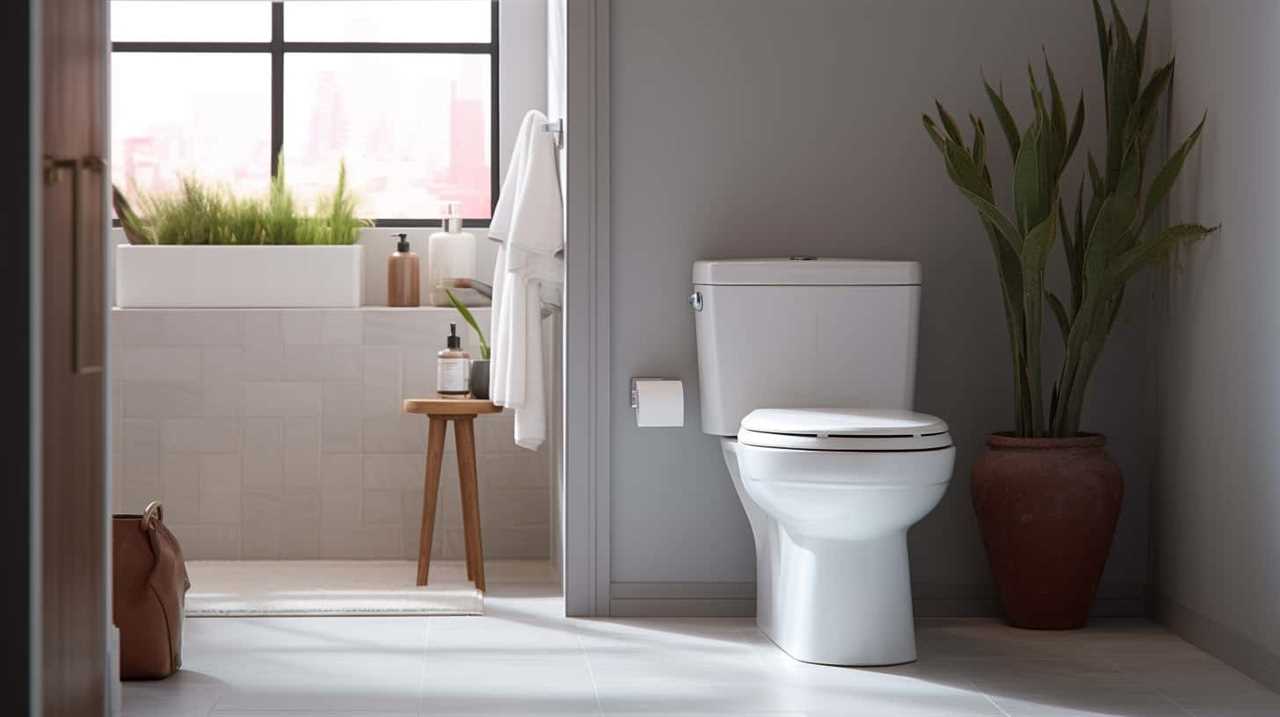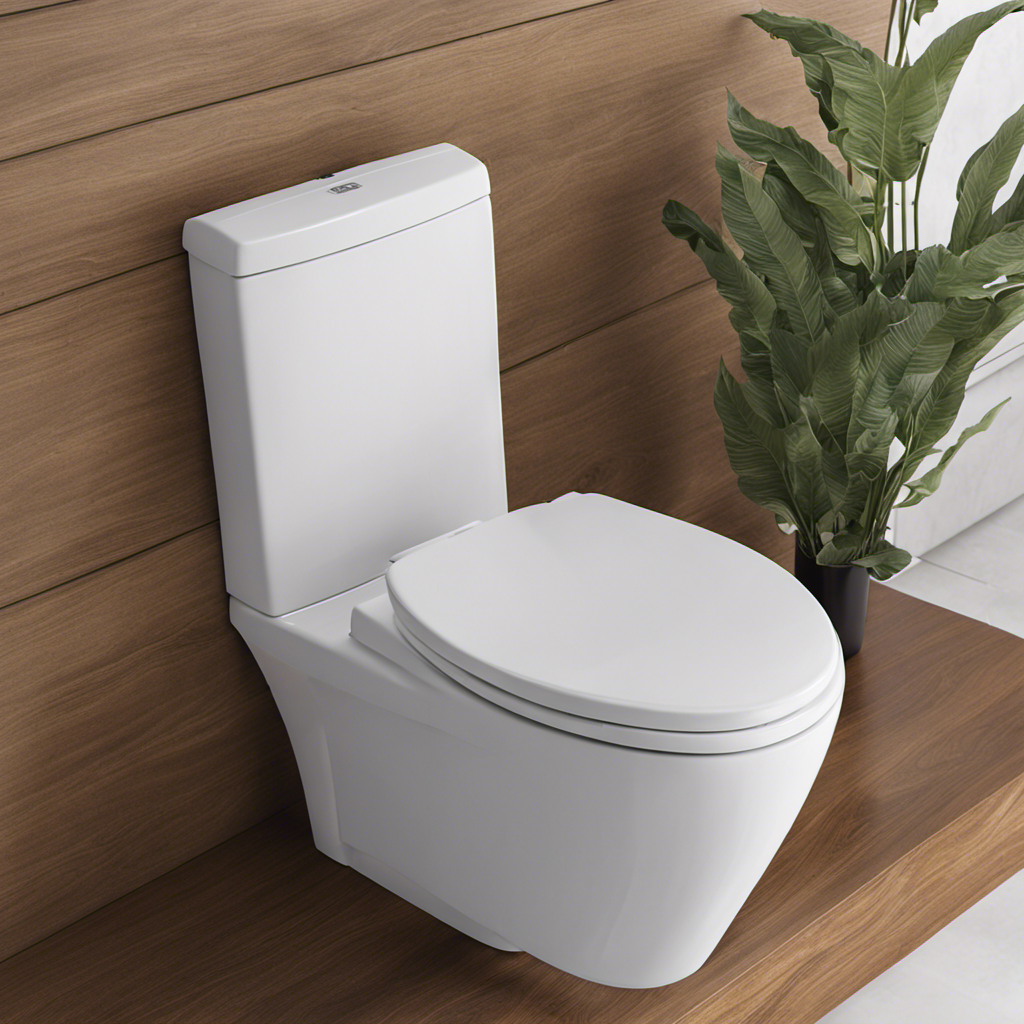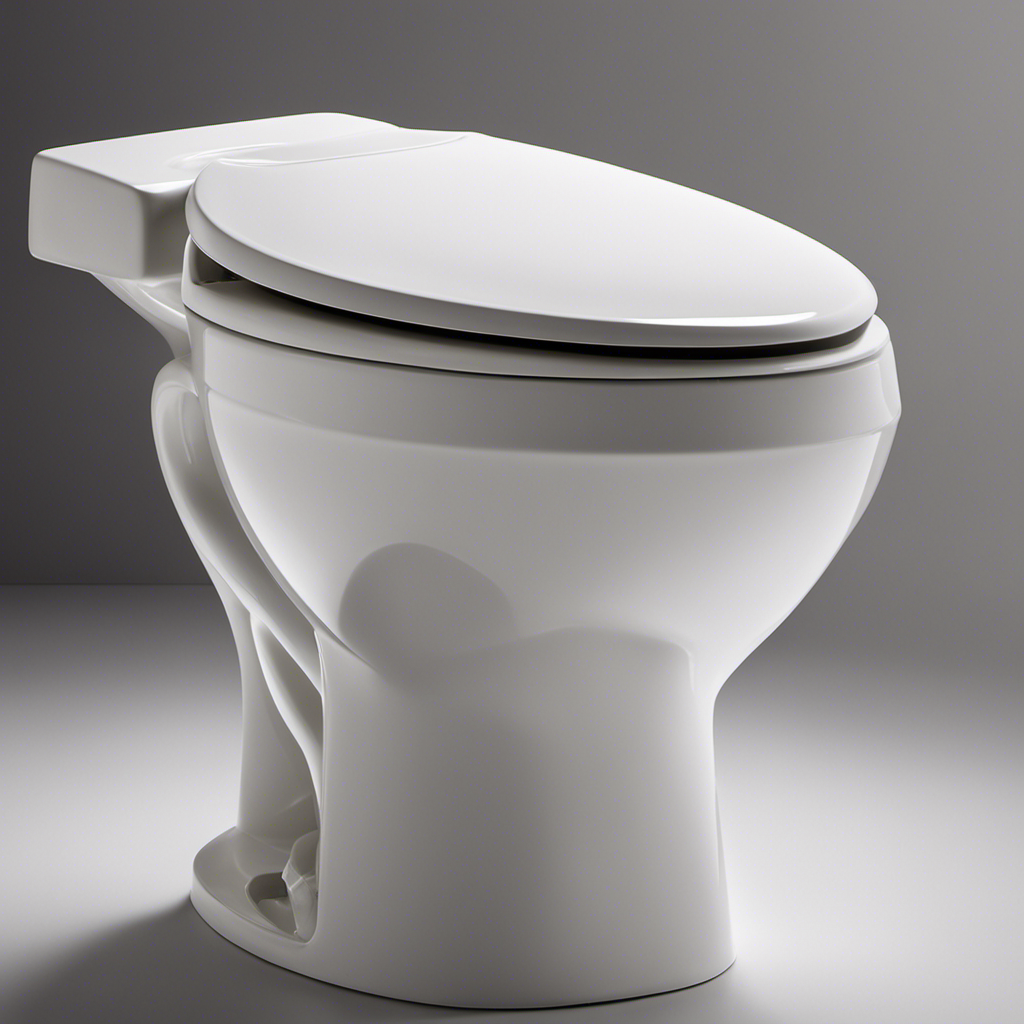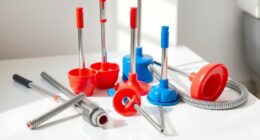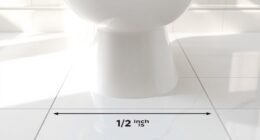Hey there, folks! Ever found yourself in a sticky situation after accidentally flushing something down the toilet? Well, fear not, because we’ve got you covered.
In this article, we’ll walk you through the steps to take when faced with this unfortunate mishap. From assessing the situation to preventing clogging, we’ll provide practical and informative tips to help you handle the problem like a pro.
So, let’s dive in and master the art of toilet mishap recovery!
Key Takeaways
- Assess the situation and identify the flushed item to understand the severity of the situation.
- Take preventative measures to avoid accidental flushes, such as using drain covers and educating household members on proper toilet usage.
- Use DIY solutions like a plunger or toilet auger carefully, but seek professional help for stubborn clogs or blockages.
- Reflect on the experience, learn from it, and develop problem-solving skills to prevent similar incidents in the future.
Assess the Situation
First, we need to assess the situation by determining what was flushed down the toilet. This step is crucial in understanding the cause and potential damage caused by the incident. Carefully consider what item or substance may have been flushed, as this will help guide your next steps.
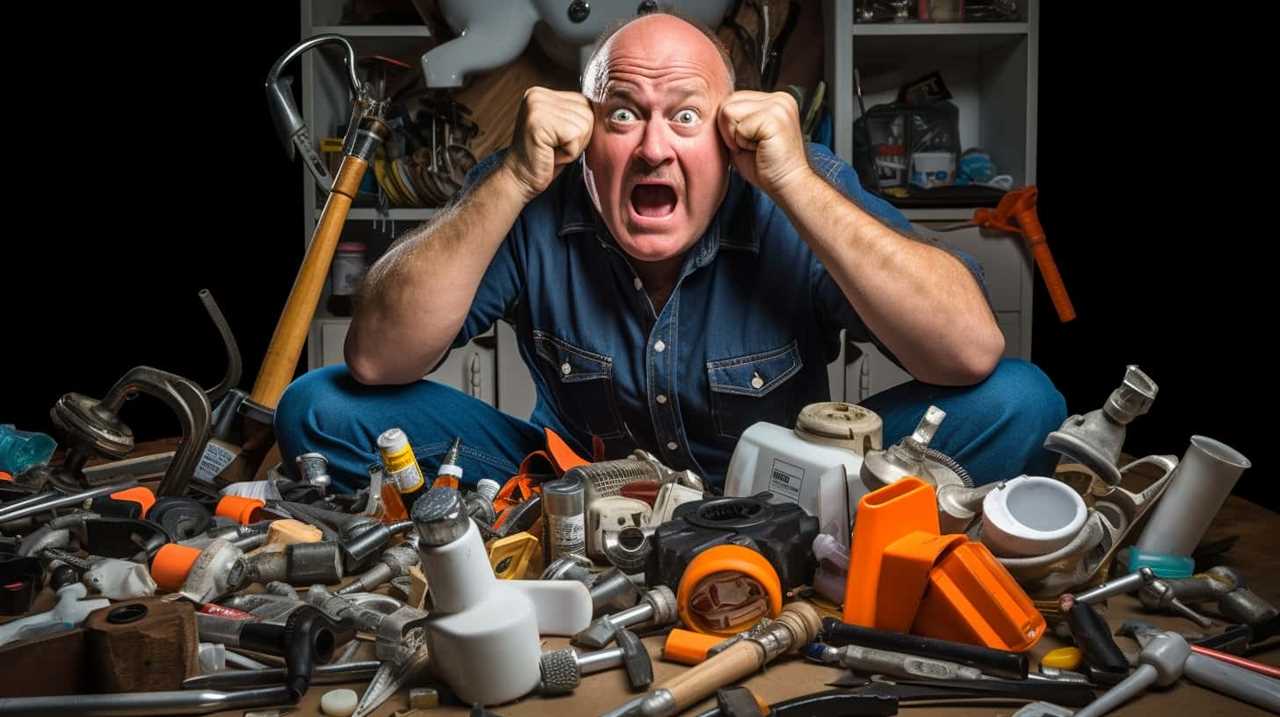
Determine if it was a small object like a toy or a more significant item like a cell phone or jewelry. Assessing the potential damage involves considering factors such as the size of the item, its composition, and the current state of your plumbing system.
Retrieve the Item
To retrieve the item, we should carefully reach into the toilet bowl using gloves or tongs, if necessary. Before attempting to retrieve the item, it’s important to turn off the water supply to the toilet to prevent any further complications.
Once that’s done, we can begin the process of retrieving the flushed item. It’s crucial to remember that some items may be difficult to grasp due to the shape or size, so using gloves or tongs can provide better grip and protection.
Slowly and gently reach into the toilet bowl, avoiding any contact with the toilet plumbing. If the item is within reach, carefully grab it and remove it from the toilet.
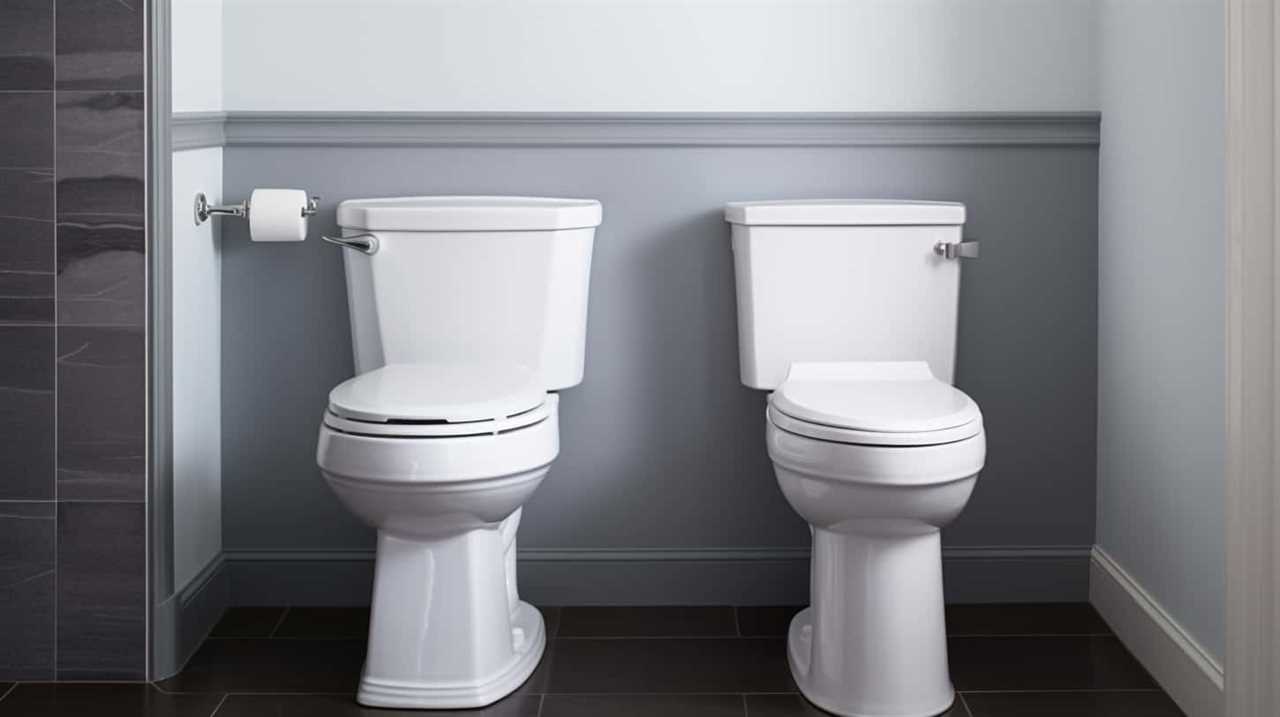
If the item isn’t easily reachable, DIY solutions such as using a plunger or a toilet auger may be necessary.
Prevent Clogging and Blockages
To prevent clogging and blockages, we need to take proactive measures to maintain the proper functioning of our toilets. Regular toilet maintenance is essential to ensure a smooth and trouble-free flushing experience. Here are some practical plumbing tips to help you keep your toilet in optimal condition:
| Tip | Description |
|---|---|
| 1 | Avoid flushing excessive toilet paper or feminine hygiene products. |
| 2 | Use a toilet auger or plunger to clear minor clogs. |
| 3 | Install a toilet paper holder that dispenses a moderate amount of paper at a time. |
| 4 | Schedule regular inspections and maintenance by a professional plumber. |
Call a Professional if Necessary
If the clog or blockage in your toilet can’t be cleared with basic troubleshooting methods, it may be necessary to call a professional plumber for assistance. While DIY solutions can often fix minor issues, more complex problems may require the expertise of a professional.
Attempting to fix a stubborn clog on your own could potentially worsen the situation and cause further damage to your plumbing system. A professional plumber has the knowledge, experience, and specialized tools to accurately diagnose and resolve the issue. They can also provide valuable advice on how to prevent future clogs and maintain the optimal functioning of your toilet.

Seeking assistance from a professional ensures that the problem is addressed efficiently and effectively, saving you time, money, and unnecessary stress.
Learn From the Experience
We can gain valuable insights from this experience. Accidentally flushing something down the toilet can be a frustrating situation, but it also presents an opportunity for personal growth. By reflecting on what happened and learning from it, we can develop problem-solving skills and avoid similar mishaps in the future.
Here are three important lessons we can take away from this experience:
- Be mindful of what we flush: Understanding the consequences of our actions is crucial. We should only flush toilet paper and waste, not items that can clog or damage the plumbing system.
- Take preventative measures: Installing a toilet lid lock or keeping small objects out of reach can help prevent accidental flushes. Being proactive can save us from potential headaches down the line.
- React quickly and calmly: If something does get flushed, it’s important to act swiftly. Turning off the water supply and calling a professional if necessary can minimize the damage.
Frequently Asked Questions
Can I Use a Plunger to Retrieve the Item if It’s Stuck in the Toilet?
Yes, we can use a plunger to retrieve a flushed item stuck in the toilet. However, if this method fails, we should consider exploring professional plumbing services to avoid further damage or clogs.
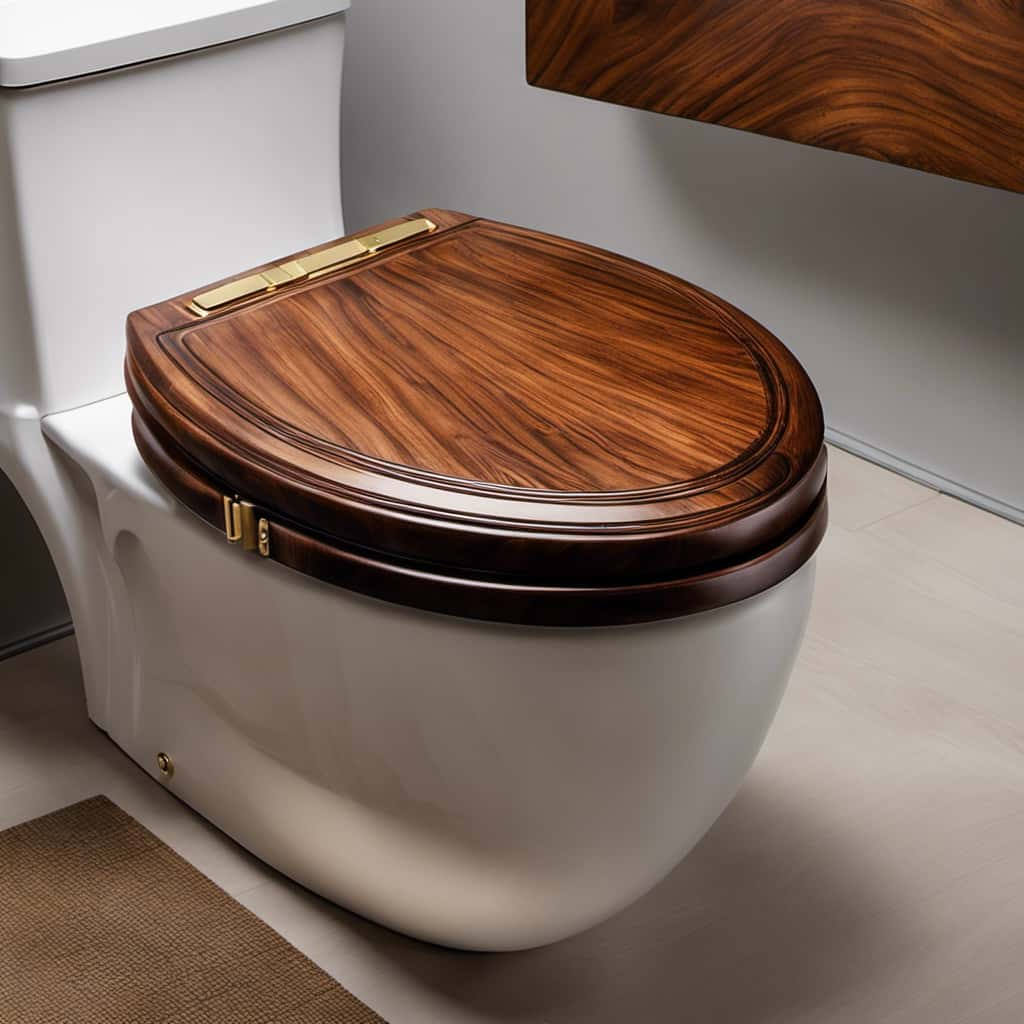
What Should I Do if the Item I Accidentally Flushed Was Valuable or Sentimental?
If a valuable or sentimental item is accidentally flushed, recovering it can be challenging. Immediately turn off the water supply, don’t flush again, and contact a professional plumber for assistance. Time is of the essence.
Is It Safe to Use Chemical Drain Cleaners to Try and Dissolve the Item?
Using natural alternatives to chemical drain cleaners is safer. Chemical drain cleaners can cause damage to pipes and release harmful fumes. It’s best to avoid them and instead try methods like plunging or using a drain snake.
How Long Does It Usually Take for a Flushed Item to Cause a Blockage in the Toilet or Plumbing System?
When something is flushed down the toilet, it can cause a blockage in the plumbing system. If this happens, there are ways to unclog the toilet without a plunger. Signs of a blocked plumbing system include slow drains and gurgling noises.
What Steps Can I Take to Prevent Future Accidents of Flushing Items Down the Toilet?
To prevent future accidents of flushing items down the toilet, we can educate children on what is and isn’t flushable, perform regular plumbing maintenance, dispose of items properly, and seek professional help if needed.

Conclusion
So remember, accidents happen, and if you accidentally flush something down the toilet, don’t panic. Assess the situation, retrieve the item if possible, and take steps to prevent clogging and blockages.
If you’re unable to resolve the issue yourself, don’t hesitate to call a professional for help. Finally, learn from the experience to avoid similar situations in the future.
Did you know that an estimated 9.6 million tons of wipes are flushed down toilets each year, causing major plumbing problems? It’s important to be mindful of what we flush to prevent unnecessary damage.
